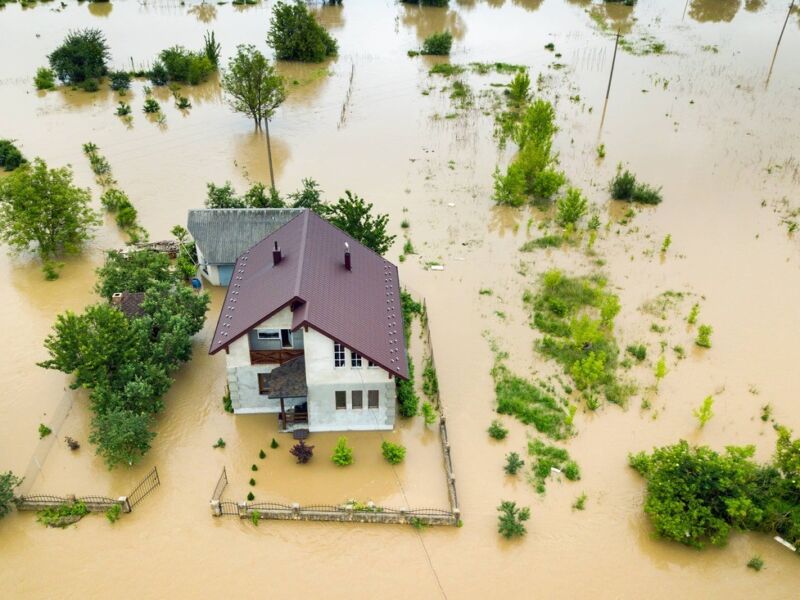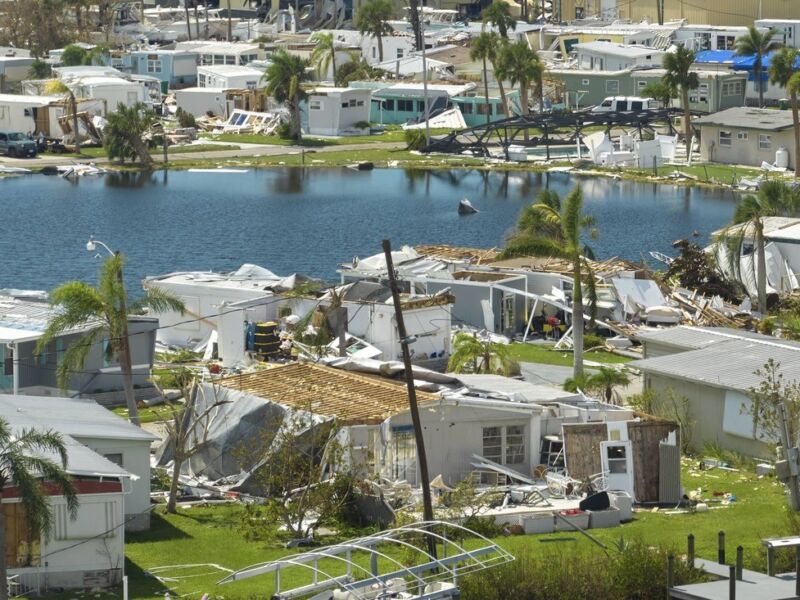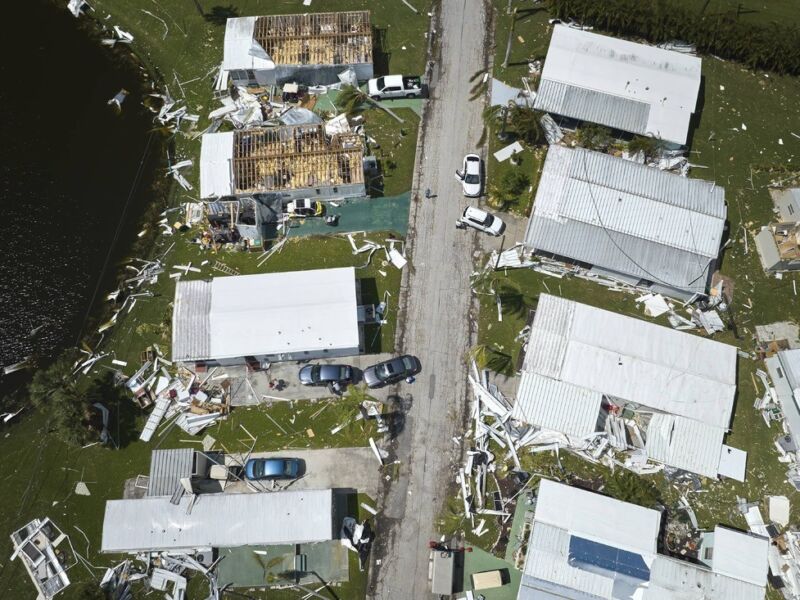
Introduction to Blizzard Survival Techniques
Winter storms and blizzards can pose significant threats to both individuals and communities. The extreme cold temperatures, heavy snowfall, and high winds associated with blizzards can lead to power outages, transportation disruptions, and other hazardous conditions. It is essential to be well-prepared and equipped with the necessary knowledge and resources to survive a blizzard.
Understanding Blizzard Conditions

Before delving into survival techniques, it is crucial to understand what constitutes a blizzard. A blizzard is characterized by sustained winds of at least 35 miles per hour with visibility reduced to a quarter mile or less due to blowing snow. These conditions can last for several hours or even days, making it challenging to go about daily activities or seek help if needed.
Creating a Blizzard Survival Plan
Having a well-thought-out blizzard survival plan is the first step towards ensuring your safety during a winter storm. Your plan should include:
- Monitoring weather forecasts and staying informed about the storm’s progress
- Stocking up on essential supplies, including food, water, medications, and warm clothing
- Preparing your home for the possibility of power outages and extreme cold
- Creating an emergency communication plan with your family or household members
- Identifying evacuation routes and shelters in case you need to leave your home
Essential Blizzard Survival Techniques

When facing a blizzard, it is crucial to prioritize your safety and follow these survival techniques:
- Stay indoors: During a blizzard, it is best to remain indoors and avoid venturing outside unless absolutely necessary. Falling snow and subzero temperatures can lead to frostbite and hypothermia.
- Stay warm: Maintain heat inside your home by dressing in layers, using blankets or sleeping bags, and minimizing drafty areas. Never use a generator, grill, or other fuel-burning devices indoors without proper ventilation.
- Conserve energy: In case of a power outage, conserve energy by using alternative heating sources sparingly and keeping doors and windows closed to prevent heat loss.
- Stay informed: Continuously monitor weather updates and listen to local authorities for any emergency instructions or evacuation orders.
- Avoid carbon monoxide poisoning: Ensure proper ventilation if using fuel-burning devices and install carbon monoxide detectors in your home.
- Prevent frozen pipes: Keep faucets dripping to prevent pipes from freezing and bursting. If a pipe does burst, shut off the main water supply and contact a professional for repairs.
Blizzard Survival Gear and Supplies
Having the right gear and supplies can make a significant difference in your ability to survive a blizzard. Here are some essential items to include in your blizzard survival kit:
- Non-perishable food items that require no cooking or refrigeration
- Adequate water supply for each person, accounting for at least one gallon per day
- Extra blankets, heavy jackets, hats, gloves, and warm socks
- Flashlights, batteries, and a portable radio to stay informed
- A fully charged power bank or backup batteries for electronic devices
- A first aid kit with essential medical supplies
- A shovel and ice melt for clearing walkways and driveways
- An emergency heating source, such as a safe space heater or generator
Conclusion
Surviving a blizzard requires proper preparation, knowledge, and resources. By creating a blizzard survival plan, understanding blizzard conditions, and having the necessary gear and supplies, you can significantly increase your chances of staying safe during winter storms. Remember to stay informed, prioritize your safety, and seek assistance if needed.
What should I do if I get stranded in a blizzard?
How long can a blizzard last?
Important Facts and Statistics:
- The Federal Emergency Management Agency (FEMA) has declared a disaster in Fort Bend, Harris, or Montgomery counties—affecting Greater Houston—26 times in the past 41 years, including severe winter storms.
- The water damage restoration industry is expected to grow at a CAGR of 6.8% from 2020 to 2025.
For more information about disaster restoration and water damage repair, you can visit JGW Group Water Damage Restoration Deerfield Beach.



